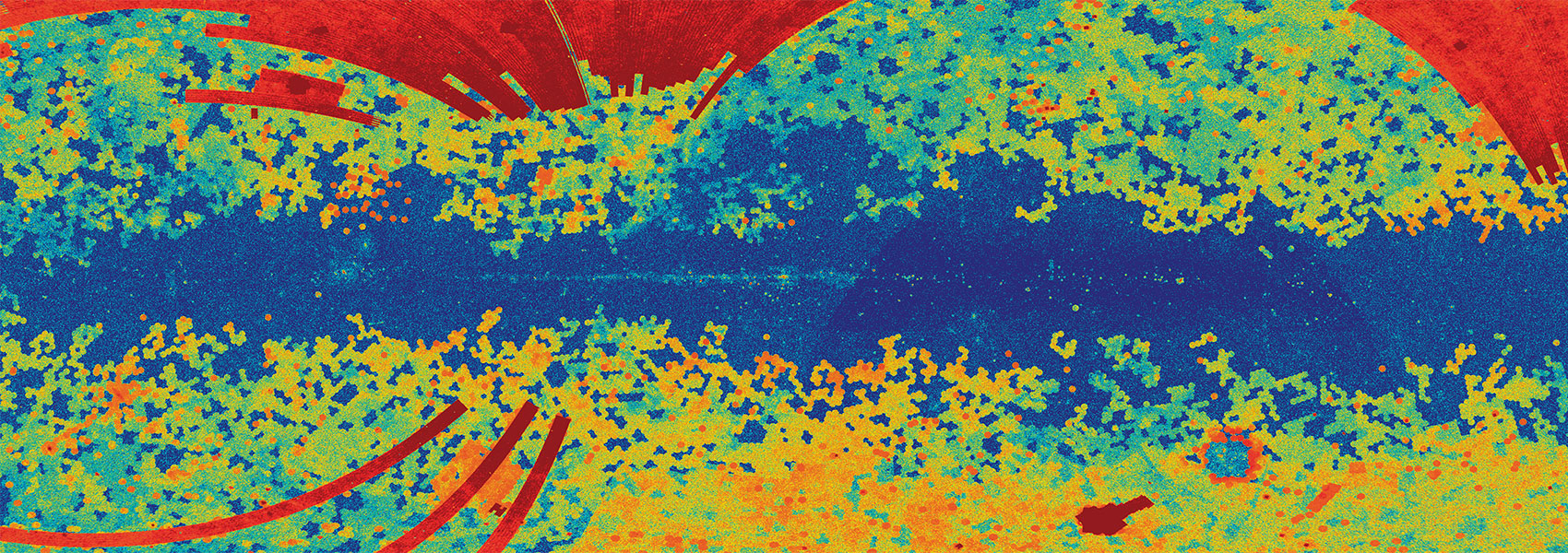November
2005
•
2005ApJ...634L...1K
Authors
•
Kasliwal, M. M.
•
Charmandaris, V.
•
Weedman, D.
•
Houck, J. R.
•
Le Floc'h, E.
•
Higdon, S. J. U.
•
Armus, L.
•
Teplitz, H. I.
Abstract
•
Using the 16 μm peak-up imager on the Infrared Spectrograph (IRS) on Spitzer, we present a serendipitous survey of 0.0392 deg2 within the area of the NOAO Deep Wide-Field Survey in Bootes. Combining our results with the available Multiband Imaging Photometer for Spitzer (MIPS) 24 μm survey of this area, we produce a catalog of 150 16 μm sources brighter than 0.18 mJy (3 σ) for which we derive measures or limits on the 16 μm/24 μm colors. Such colors are especially useful in determining redshifts for sources whose mid-infrared spectra contain strong emission or absorption features that characterize these colors as a function of redshift. We find that the 9.7 μm silicate absorption feature in ultraluminous infrared galaxies (ULIRGs) results in sources brighter at 16 μm than at 24 μm at z~1-1.8 by at least 20%. With a threshold flux ratio of 1.2, restricting our analysis to >5 σ detections at 16 μm, and using a 3 σ limit on 24 μm nondetections, the number of silicate-absorbed ULIRG candidates is 36. This defines a strong upper limit of ~920 sources deg-2 on the population of silicate-absorbed ULIRGs at z~1-1.8. This source count is about half of the total number of sources predicted at z~1-2 by various phenomenological models. We note that the high 16 μm/24 μm colors measured cannot be reproduced by any of the mid-IR spectral energy distributions assumed by these models, which points to the strong limitations currently affecting our phenomenological and theoretical understanding of infrared galaxy evolution.
Links





